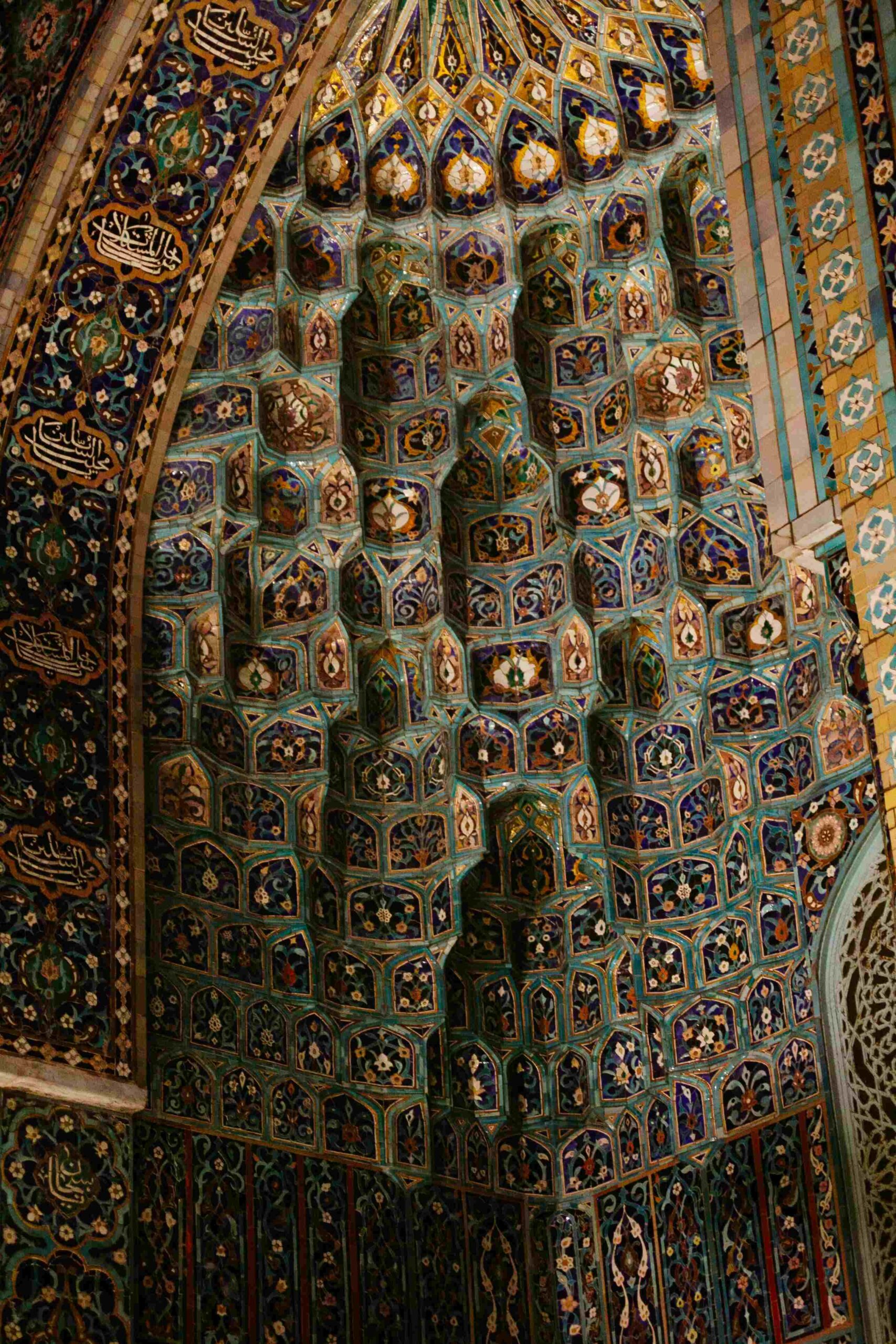Tezyinat Art, is a deep-rooted art form that brings together aesthetics and elegance, extending from the past to the present. Tezyinat, which literally means the art of decoration, is applied in a wide range from architecture to textiles, ceramics to book art. Tezyinat, which has an important place especially in Ottoman and Islamic art, brings an aesthetic touch to our living spaces by meeting with modern designs today.
Historical Origins and Development
The origins of ornamental art date back to ancient times. Various ornamental techniques were used in ancient Egyptian, Greek and Roman civilizations, and structures and objects were equipped with aesthetic values. In Islamic civilization, ornamental art was identified with geometric patterns, plant motifs and calligraphy. Especially in the Seljuk and Ottoman periods, mosques, palaces and other monumental structures were adorned with the most beautiful examples of ornamental art.
The Art of Ornamentation in the Ottoman Empire
During the Ottoman Empire, the art of ornamentation developed to the highest level. Ornamentation, which was used in many areas from architectural ornamentation to book art, draws attention especially with tile and hand-carved ornamentation. Structures such as the Suleymaniye Mosque, Topkapi Palace and Rustem Pasha Mosque contain the most beautiful examples of Ottoman ornamentation art. In Ottoman art, ornamentation goes beyond being merely an aesthetic element and also carries religious and cultural meanings.
Ornament in the Modern World
Today, the art of decoration has moved to a different dimension by combining traditional motifs with modern design concepts. Decorative elements are used in interior decoration, furniture, textile products and even digital designs. Modern decoration appeals to contemporary needs and tastes while preserving the aesthetic values of the past.
Application Areas of Ornament Art
Architectural: The decorations used on the interior and exterior facades of buildings add aesthetics and character to the structure. It is especially seen frequently in mosques, churches and other monumental structures.
Textile: The patterns and motifs used in fabrics are the most obvious examples of the art of ornamentation in textiles. Carpets, rugs and covers exhibit beautiful examples of this art.
Book Art: The decorations, miniatures and illumination art used in manuscript books are the reflections of ornamentation in book art.
Ceramics and Tiles: Tile decorations, which were especially common during the Ottoman period, were used in architecture and decorative objects.
Furniture: Carvings and reliefs on wooden furniture are among the effects of decorative art on furniture.
Conclusion
The art of ornamentation, as an important part of our cultural heritage, is a branch of art that preserves and sustains aesthetic values from the past to the present. Ornamentation, which has also found its place in the modern world, beautifies our living spaces while offering aesthetics and elegance together. Combining traditional motifs with modern designs, ornamentation proves once again that art and aesthetics are timeless.
The art of ornamentation is a branch of art that contains a story in every detail, requires fine workmanship and prioritizes aesthetic values. will preserve and keep its value alive in the future.

